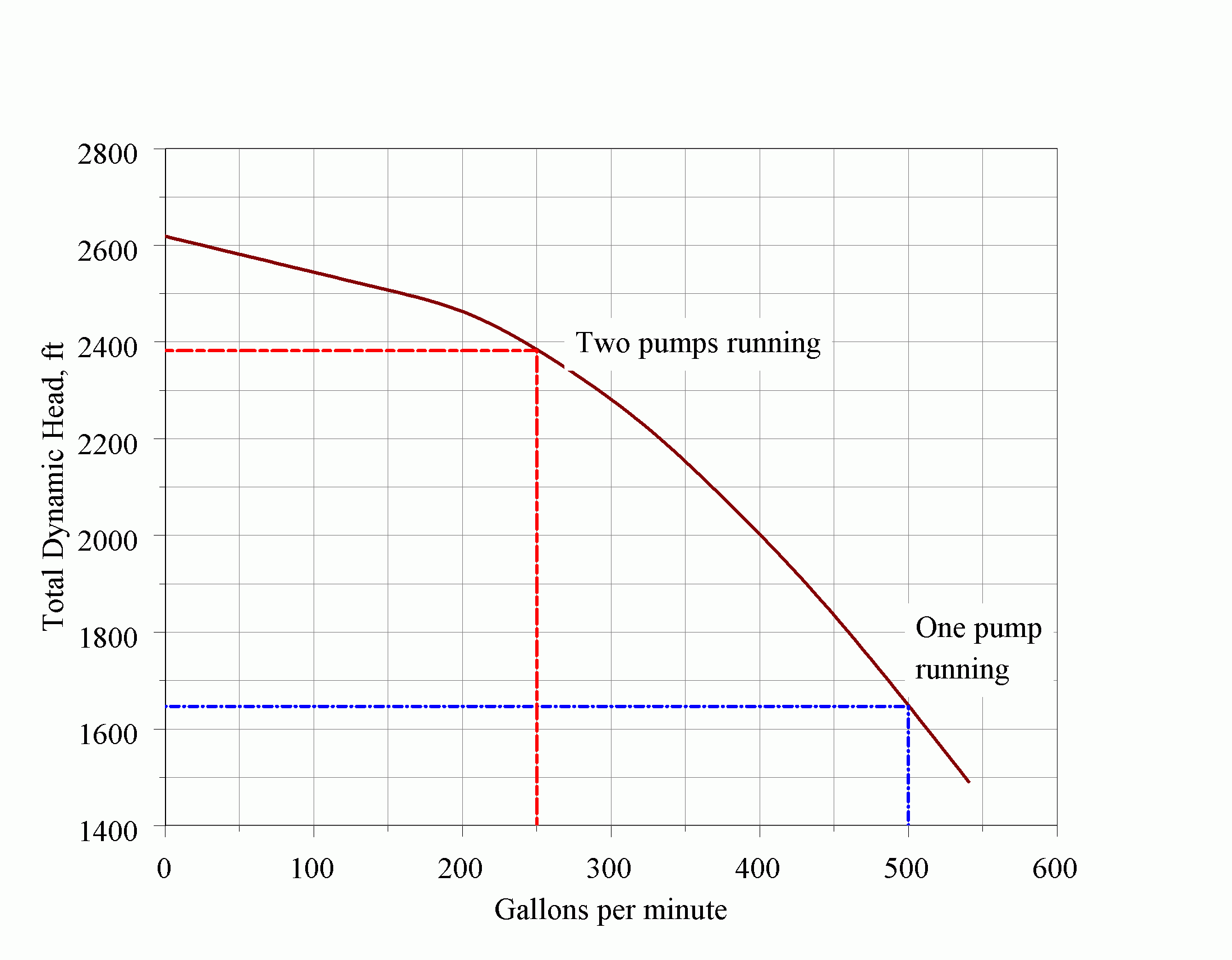
It’s already July, 2011 — and this year is more than half over. Time is just FLYING by as we have fun teaching CPO classes!
Last Monday was July 4, and we celebrated our country’s Independence Day with family and friends with picnics and fireworks. As a nation, we have declared ourselves to be independent and sovereign now for 235 years…..but that freedom has not come without sacrifice.
Elise and I were honored with the presence of a 10.5 year Marine veteran in our CPO certification class in San Diego this past Thursday and Friday, July 7-8. This brave Marine was a medic in Marine Recon, and we had a chance to hear about how he served in Okinawa and fought in Iraq during the Fallujah campaign. As we listened to his chilling, firsthand stories, we were definitely reminded of the very real human beings that fight in these remote wars every day and of their great personal sacrifices, tremendous heroism, true dedication and honor that they exemplify in protecting our country and its freedoms. A huge “Thank you and God Bless” goes to all who have served and who continue to protect us here in the United States of America!
Here’s your “pool tech tip”:
So what is Total Dynamic Head (TDH)? It is simply the pool hydraulic system’s total resistance to water flow measured in “feet of head.” Why do we care? Well, if we know the TDH of the hydraulic system, we can then determine the water flow rate. And we must know the water flow rate to ensure that our drain covers meet the new Pool and Spa Safety Act (P&SSA) requirements.
 You can calculate the TDH of a system by measuring the PSI on the effluent side (pressure side) of the pump, and the Hg (inches of mercury) on the influent (suction side). Here’s the formula:
You can calculate the TDH of a system by measuring the PSI on the effluent side (pressure side) of the pump, and the Hg (inches of mercury) on the influent (suction side). Here’s the formula:
(PSI * 2.31) + (Hg * 1.13) = TDH.
Once you have determined the TDH of the system, you then must plot it to the main circulation pump curve as shown in the example curve on the left. In this example, the TDH is 55. Go straight across until you hit the pump curve, then go down to get the flow rate — in this case it’s 80 GPM. The picture also shows a TDH of 30, with a flow rate of 110 GPM. The flow rate stamped on the new P&SSA drain covers is the maximum flow that the drain cover can handle. NOTE: The system’s measured flow rate MUST be lower than the drain cover rating.
It was another enjoyable visit for us in one of our favorite towns: sunny San Diego! Thanks, again, “Dave O” and crew at PoolCorp’s SCP store. The swim season is officially underway in San Diego. Now that the summer temperatures are up — the pool techs are busy and the sales counter at the SCP store is even busier. Hooray for summer!


Comments
great tip! very well explained using simple words. I am CPO and will be taking the LA county certification tomorrow morning, I work in LA county and they won’t take my CPO, only LA cert.
your tip really helped me to undestand better TDH.
Thank you
I have a different case with bellow grade pump:
Vacuum gauge = 6.5 PSI
Pressure gauge=22.5 PSI
How I should calculate the TDH?
Thank you